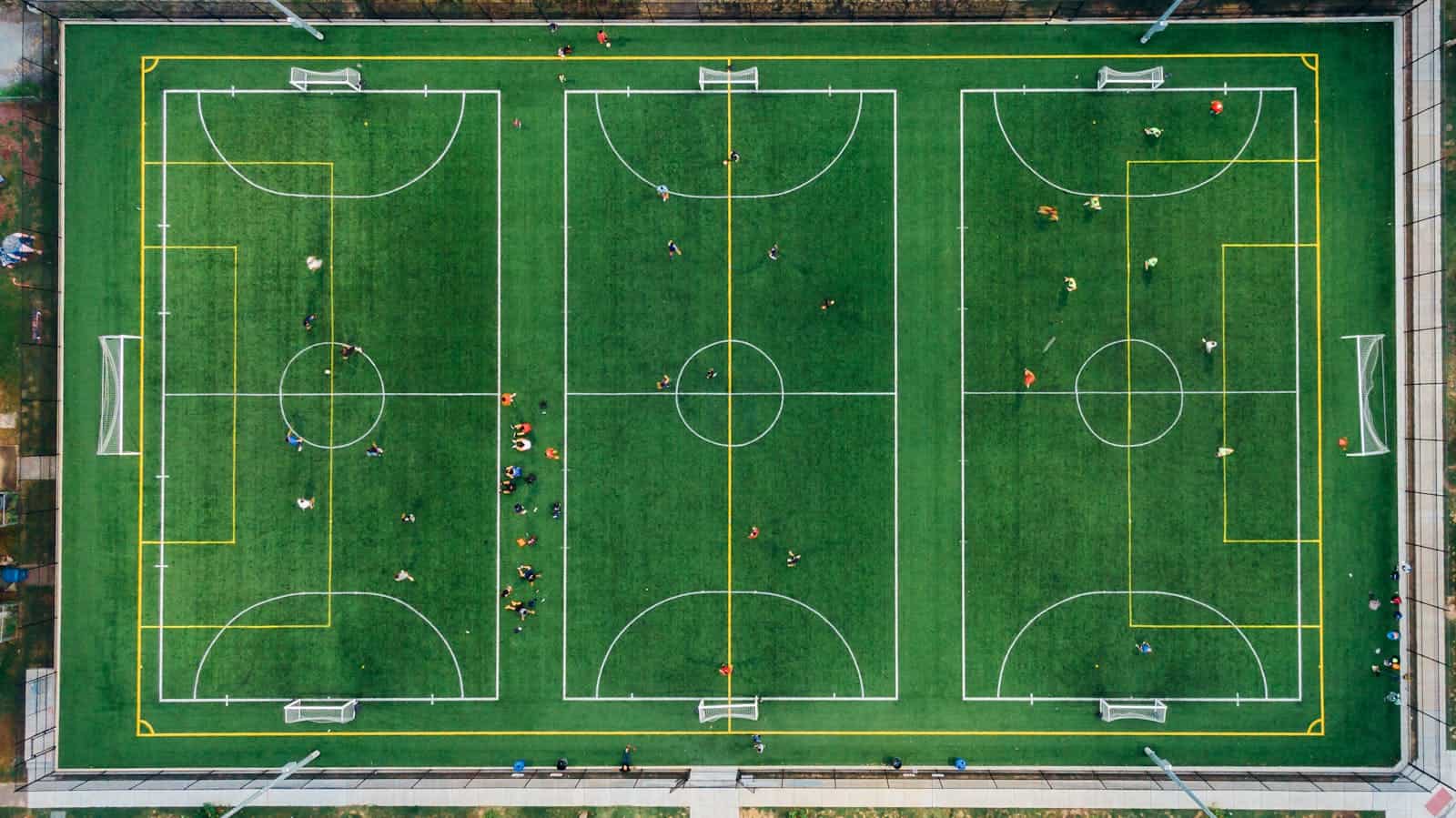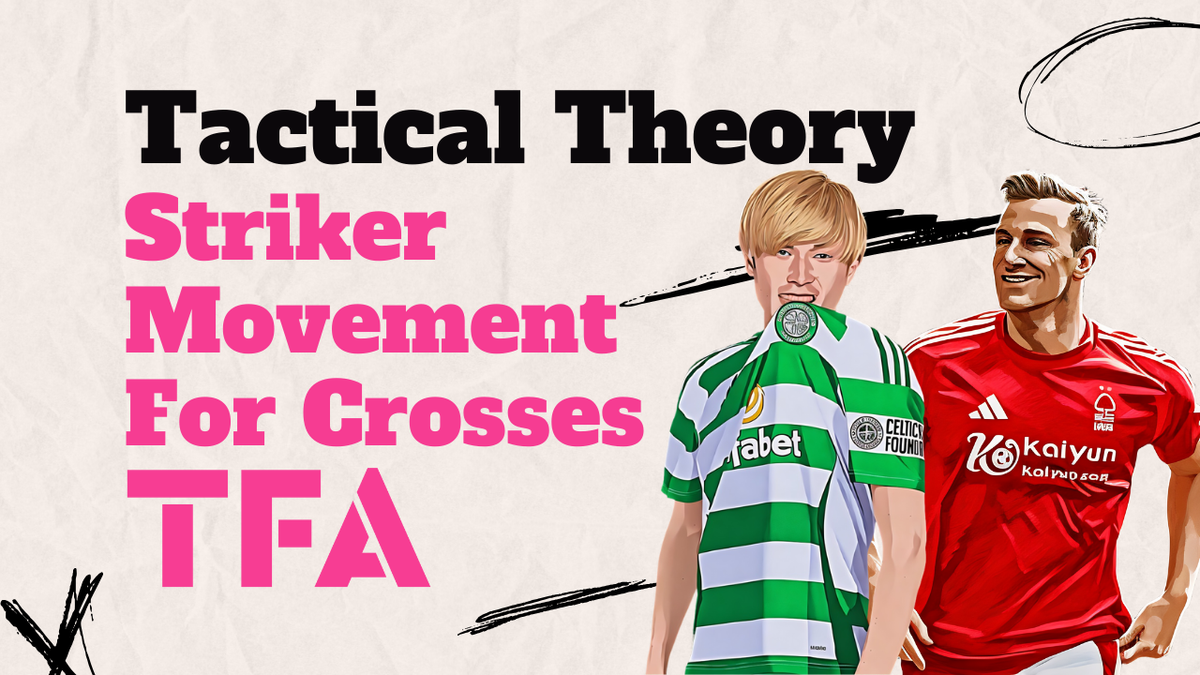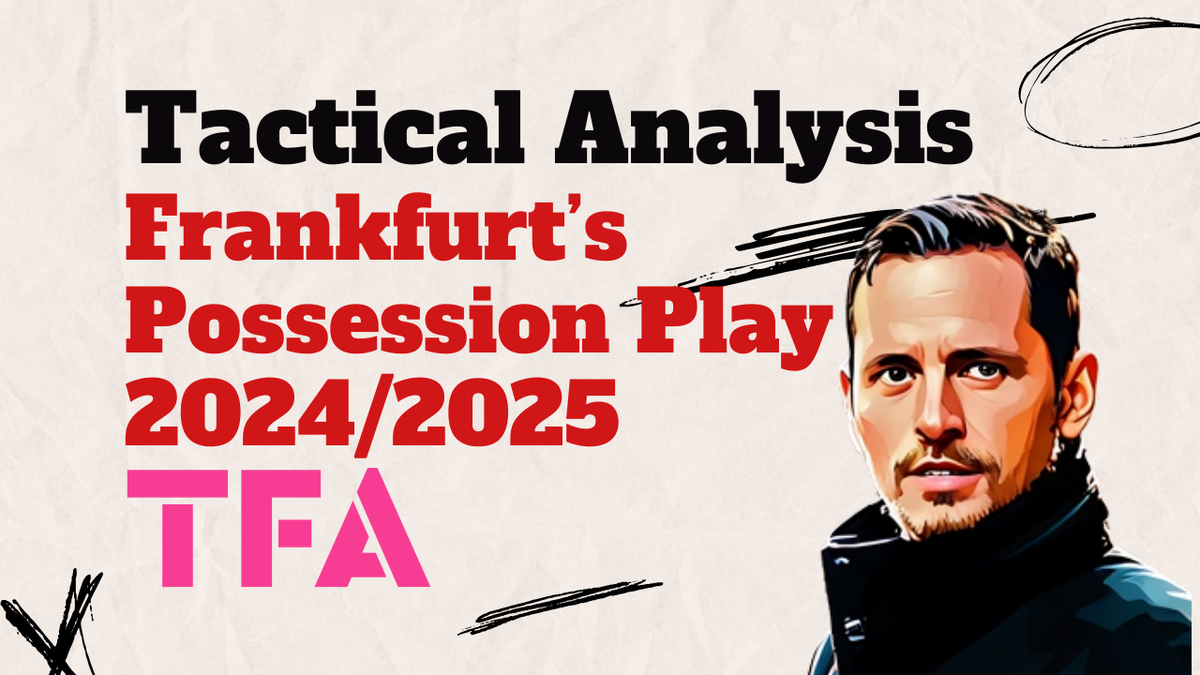This article will explore both the triumphs and struggles around recent transfers, offering insights into their significance in the ongoing season and providing you with an in-depth analysis of individual players.
Top Performers Making a Difference
One of the most thrilling aspects of the transfer window is witnessing new signings hit the ground running.
These players often make an immediate impact, justifying their hefty price tags.
Take Amadou Onana for example who completed a big money to Aston Villa from Everton.
Already, before the end of September, the Belgium international has scored two important goals in the Premier League and also struck in the Champions League, making an instant impact at the club.
Riccardo Calafiori is another smart addition who arrived at Arsenal after helping Bologna finish in the top four last season.
Appearing on the bench at the beginning of the season, the Italian defender was handed his first start in the trip to title rivals Manchester City and repaid the faith shown in him by manager Mikel Arteta by netting a stunning equaliser past Ederson.
Elsewhere, Iliman Ndiaye appears to have transformed the Everton attack and though the Toffees failed to win any of their opening five league matches, the forward signed from Marseille has added skill, pace and efficiency to the frontline and found the net in the draw at Leicester.
It’s important to note the ways in which teams strengthen during the summer transfer window so that you can properly assess Premier League odds and make informed decisions based on your learned knowledge and expertise.
The impact of successful transfers extends beyond individual performances to team tactics and strategies.
For instance, the arrival of a prolific striker might prompt a manager to shift from a false nine system to a more traditional centre-forward formation.
This tactical flexibility can make teams more unpredictable and harder to defend against.
What’s more, a successful transfer can elevate the performance of existing players.
When a world-class player joins a squad, it often raises the overall standard of training and match-day performances, pushing teammates to elevate their game.
This ‘ripple effect’ can transform a good team into a great one, potentially altering the course of a season or even an era for a club.
Disappointments and Injuries
No club or player can legislate for an injury which simply comes down to bad luck.
However, it does happen as it’s part and parcel of the game and some teams simply have to deal with a new star being sidelined soon after signing for big money.
That is the case for Brentford this campaign.
Knowing Ivan Toney would depart the club, the Bees were proactive and moved to sign striker Igor Thiago from Club Brugge in Belgium for £32million.
However, the Brazilian picked up a meniscus injury in a July friendly win over AFC Wimbledon and the surgery he required means he will be out until the end of 2024.
While Bryan Mbeumo will no doubt contribute goals, being without the new focal point signing for a chunk of the season is far from ideal.
In other situations, some players can simply take a while to acclimatise to a new team, league or system, particularly when the pressure is on to perform instantly following a summer switch.
Take Max Kilman, for example, who joined West Ham from Wolves in a £40million deal this summer.
The centre-back has played in all of the Hammers matches under new boss Julen Lopetegui at the start of the season but is part of a side that has won just once and conceded nearly two goals per game.
Unless the team start picking up points, Kilman’s performances will come under intense security as fans expect new signings to improve the squad.
While Kilman is not to blame for the slow start, the expectation for an improvement will only grow.
Factors Influencing Transfer Success
Several factors can determine whether a transfer will be successful or not.
Adaptation to a new league plays a significant role as players often need time to adjust to different playing styles and levels of competition.
Additionally, managerial tactics can either complement or hinder a player’s strengths.
Some coaches may struggle to integrate new signings into their tactical setups effectively like Sean Dyche at Everton who did not start £17m signing Jake O’Brien in his defence heading into the third week of September.
The role of team dynamics and existing squad depth also plays a crucial part in a transfer’s success.
A new signing might struggle to find their place in a well-established team, particularly if there’s strong competition for their position.
Conversely, a player joining a team in transition might thrive due to increased opportunities and a chance to shape the team’s identity.
For example, Emile Smith-Rowe’s immediate impact at Fulham where he has scored twice in five matches can be attributed not just to his individual quality but also to the team’s need for a creative midfielder at the time of his arrival.
Understanding these nuances helps in evaluating why some transfers succeed while others falter, even when the quality of the player is not in question.
The Long-Term View on Transfers
While immediate performance post-transfer is crucial, it is equally important to consider long-term impacts.
A player might initially struggle but gradually become pivotal for the team over time.
Patience from both clubs and fans can sometimes yield fruitful results in the long run.
Clubs must also evaluate the financial aspects of transfers beyond initial expenditures.
Return on investment through merchandise sales, global brand recognition and potential sell-on value are key considerations that can justify high spending on certain players.
Ultimately, assessing both short-term gains and long-term benefits provides a comprehensive understanding of any transfer’s success or failure.
Another aspect of the long-term view on transfers is the development of youth players and academy prospects.
Sometimes, a high-profile transfer can block the pathway for promising young talents, potentially hampering their growth and the club’s long-term sustainability.
Summing Up
There is still a long way to go in the 2024/25 campaign and the signings made this summer will be properly judged at the end of the season based on the success or failure of the year.
However, it is fair to say that while clubs must do their research before bringing a new player to the club, it is often a lottery and it is unknown how a player will perform.
Whether it’s struggling to get to grips with what is expected or not fitting into a certain style, there are many factors that can go against a player but at the same time, many can thrive in the right environment and bring glory to their clubs.





Comments